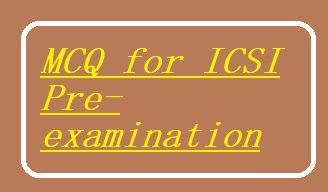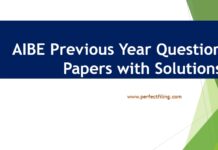Similarity between Law and Morals in which both regulate human conduct and both use similar language. Morals have Universal values. Law looks to external conduct. The statutes dealing with tax are termed as fiscal statutes. The doctrine of colorable legislation refers to the question of competency of the legislature.
What is relation between Law and morality?
The law is a tool for efficiently enforcing moral values. Morality is an internal concept, while the law is external; if someone does not follow morality in his actions, there will be no consequences; but, if someone disobeys the law, there will be consequences. Law Commission of India is an executive body.
What is difference between law and morality?
Difference between law and morality
S No |
Law |
Morality |
| 1 | Law is regulated by external sources i.e., by rules and regulations | Morality regulated by internal sources by the conscience of a person |
| 2 | Law is the same for everyone | Morality is a subjective concept that can be different for different people. |
| 3 | There is a set punishment for the violation of laws | There is no punishment for an immoral act but a guilt feeling. |
| 4 | The laws are enforced by the state | Morality is regulated by the people of society |
| 5 | Laws are influenced by morality | It has emerged before the laws |
| 6 | The laws control the actions of a person legally | Morality controls the act of a person Morally. |
| 7 | Laws made by the legislature are strict. | Moral values do not force any person to obey such rules and moral values. |
Here are the some multi-choice questions enlisted for preparation for Pre Examination online Test, E-Learning ICSI & LAWs, LLB Law Examination.
These Multi-choice questions or MCQs can help you in your CS & CA and other law related exams. We have also provided Online exam solved answers for your preparation.

Note: Answers highlighted in Green are right answers.
91. What is similarity in law and morals?
a. both regulate human conduct
b. both not regulate human conduct
c. both use similar language
d. above a and c is correct
92. Morals have ______.
a. Universal values
b. various from society to society
c. various from time to time
d. various from person to person.
93. Law looks to __________.
a. external conduct
b. internal conduct
c. both a and b
d. none of above
94. The statutes dealing with tax are termed as ______.
a. civil statues
b. penal statute
c. fiscal statutes.
d. personal statutes
95. When there is a conflict between two or more statues or two or more parts of a statute then the rule
a. welfare construction
b. strict construction
c. harmonious construction
d. none of above
96. Pith and substance is a legal doctrine in ________.
a. Canadian constitutional interpretation
b. Indian constitutional interpretation
c. Indian and Canadian Constitutional interpretation
d. none of above
97. The doctrine of colorable legislation refers to the
a. question of competency of the legislature
b. question of fact
c. question of jurisdiction
d . nature of legislation
98. Repugnancy as an inconsistency or contradiction between two or more parts of a legal instrument
a. true
b. false
c. can’t say
99. Law Commission of India is ________.
a. executive body
b. judicial body
c. legislative body
d. quasi-judicial body
100. The first Law Commission was established during the British Raj era in _____.
a. 1834
b. 1836
c. 1860
d. 1881
Preparation for Pre-Examination Test,
E-Learning ICSI & LAWs Law Examination.
Multi-choice questions or MCQs for CS & CA exams.











